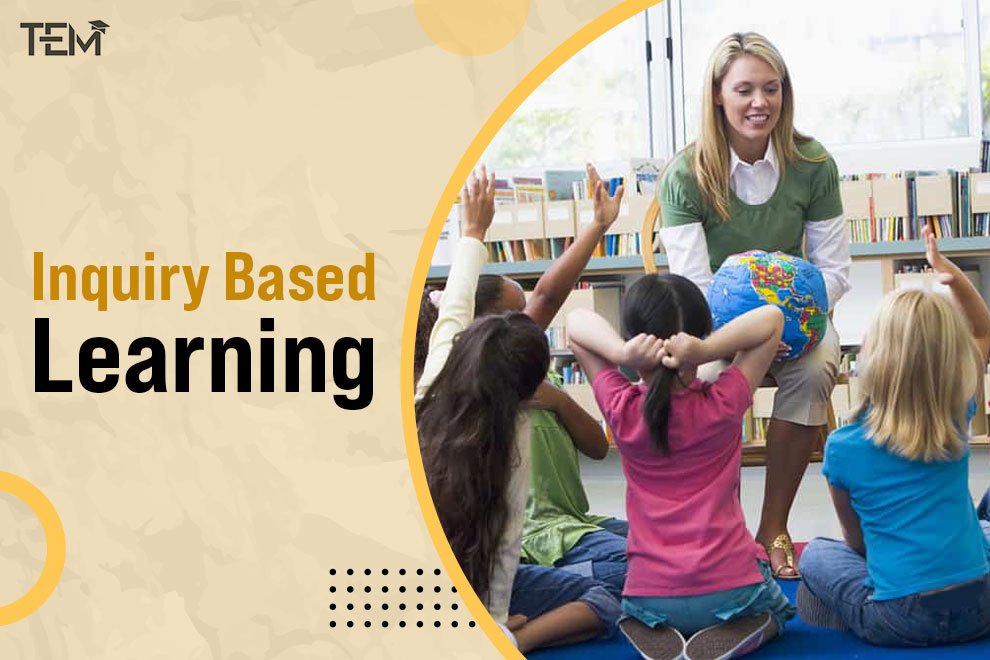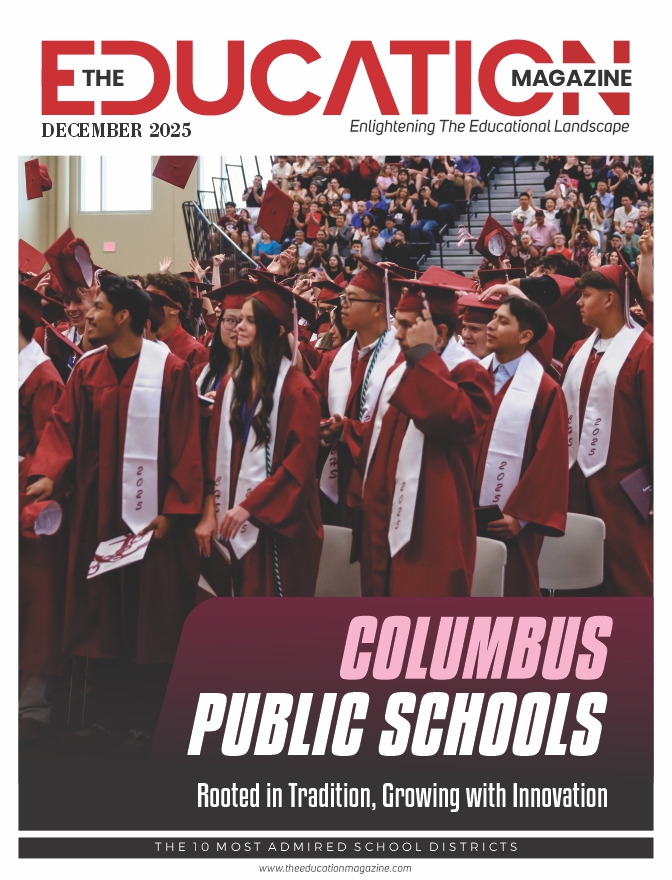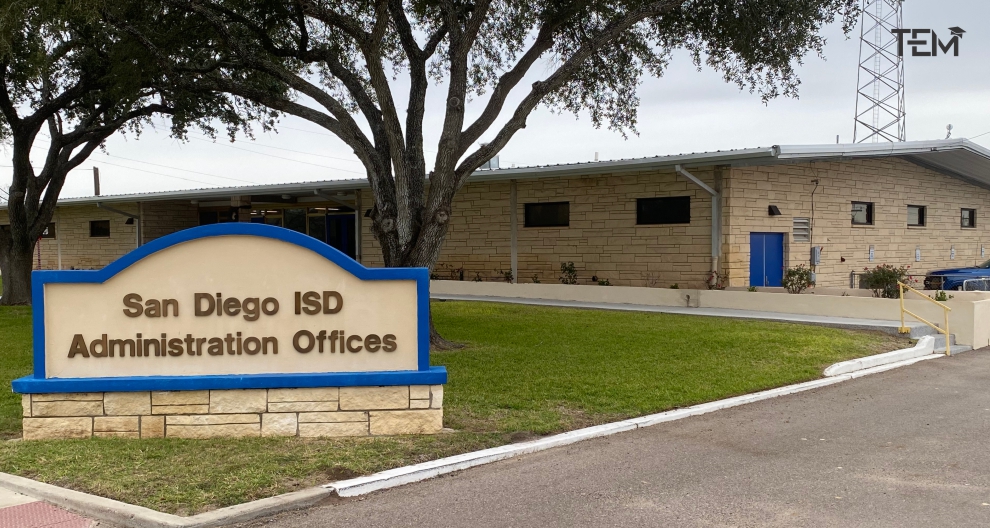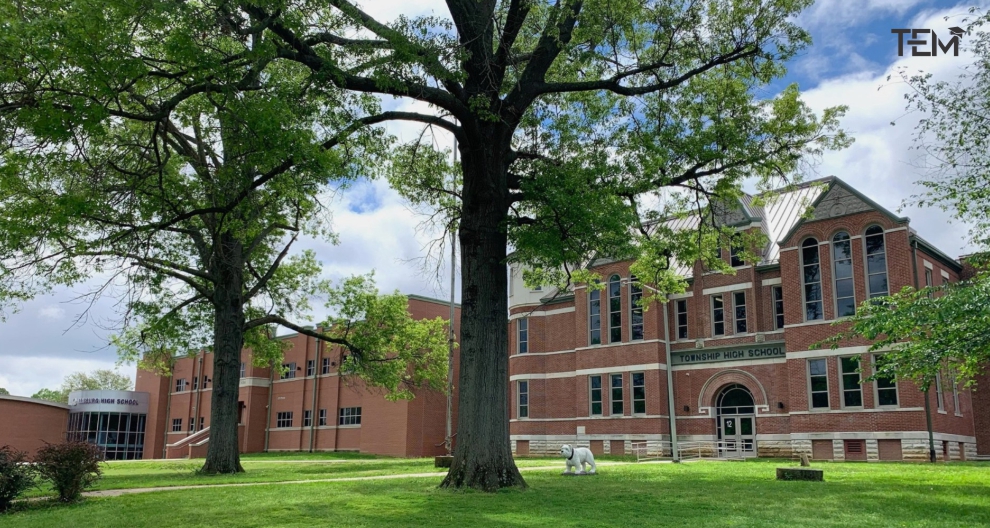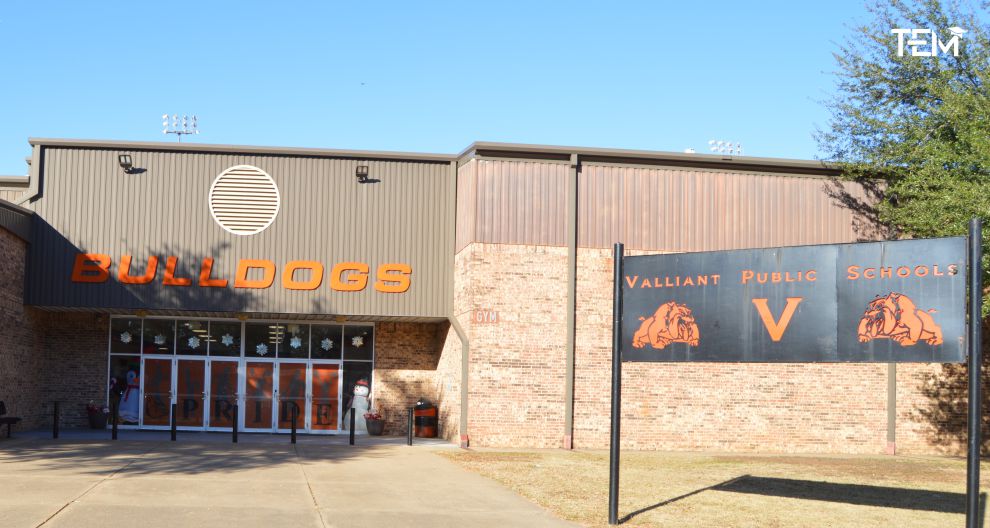Remember the feeling of being a kid, your mind buzzing with a million ‘whys’? What if we could bring that boundless curiosity back into the classroom? For too long, education has felt like a one-way street: lectures, memorization, and then the inevitable brain dump after an exam. Students feel disconnected, and the information just doesn’t stick. It’s a genuine crisis. But what if there was a way to flip the script?
To turn classrooms into vibrant labs of discovery where students lead the charge? That’s the incredible promise of Inquiry-Based Learning (IBL). It’s not just another teaching method; it’s a complete shift from passively receiving information to actively exploring it. Get ready, because we’re about to dive into how IBL can create an unforgettable learning adventure and build a profound, lasting understanding.
Let’s Explore How Inquiry-Based Learning Sparks Deeper Understanding
1. What is Inquiry-Based Learning? (And What It’s Not)
So, what’s the big deal about Inquiry-Based Learning (IBL)? At its heart, it’s a total game-changer that puts students’ own questions and ideas right in the spotlight.
- It’s a Mindset Shift: Think of it as moving from a teacher-focused ‘knowledge dump’ to a student-focused ‘knowledge construction.’ The core idea, rooted in constructivist learning theory, is that we all build our understanding by exploring and discovering things for ourselves. The goal? To develop those awesome higher-level thinking skills.
- It’s Not Just ‘Active Learning’: People sometimes mix IBL up with other strategies. While active learning is great, IBL is super specific. It all starts with a central problem or a burning question that the students investigate to build their own knowledge.
- It’s Definitely Not Old-School: This is the polar opposite of endless lectures, worksheets, and textbook drills that often make students tune out. Just doing a group activity or a hands-on project doesn’t automatically make it IBL, especially if it doesn’t spring from the student’s own curiosity.
2. The Spectrum of Inquiry
Here’s the cool part: Inquiry-Based Learning isn’t an all-or-nothing deal. It exists on a spectrum, kind of like a set of training levels in a video game. The teacher can adjust the difficulty by changing how much guidance they provide. There are four main levels, and moving through them step-by-step is the key to success. You wouldn’t throw a beginner into the deep end, right?
- Confirmation Inquiry: Think of this as the tutorial level. Students get the question, the procedure, and even know the expected outcome. It’s a fantastic way to reinforce a concept you’ve just taught.
- Structured Inquiry: Here, the teacher gives the question and a clear set of steps. The students follow the recipe to get to the result. It’s a great next step in building confidence.
- Guided Inquiry: Now things get interesting! The teacher only provides the question. This gives students some serious ownership as they have to figure out the how. This level is often considered the sweet spot for amazing science learning!
- Open Inquiry: This is the ultimate level of intellectual freedom! Students dream up their own questions and design their entire investigation from scratch. It’s a minimal-guidance zone where they get a general problem and run with it. Wow!
3. The ‘Why’: The Cognitive Science Behind Deeper Understanding
Ever wonder why some things just ‘click’ and stick in your memory forever? Inquiry-Based Learning taps directly into the science of how our brains are wired to learn. It’s not just a good idea; it’s a brain-friendly one!
- Alignment with Constructivist Learning Theory
At its core, IBL is built on the idea that we are active creators of our knowledge, not passive sponges.
- This approach, known as constructivist learning theory, suggests we learn best by building on what we already know.
- The legendary educator John Dewey argued for learning based on experiences and reflective thinking that truly sparks a student’s interest. Makes sense, doesn’t it?
- Similarly, Lev Vygotsky’s social constructivism championed the power of peer interaction. He showed that bouncing ideas off each other and solving problems together is a super-effective way to learn. IBL is all about that social, collaborative magic!
- Fostering Higher-Order Thinking Skills
IBL is basically a workout for the brain, pushing students beyond simple memorization.
- It gets students deep into the process: asking questions, hunting for knowledge, building explanations from evidence, and testing them out.
- Studies have shown that IBL significantly boosts critical thinking skills compared to traditional methods. Why? Because students are in the driver’s seat of their own experiments, constantly thinking, reasoning, and deciding what to do next.
- This process naturally builds the mental muscle for analyzing tricky situations and piecing together information to draw solid conclusions.
- Neuroscience Perspective: Curiosity and Dopamine
Ever feel that jolt of excitement when you finally figure something out? That’s your brain chemistry at work!
- Inquiry-Based Learning is a curiosity engine. When students get to chase their own questions and design experiments based on their interests, they are instantly more engaged.
- This powerful curiosity is directly linked to the brain’s reward system. This system releases a neurotransmitter called dopamine, which plays a huge role in motivation and cementing long-term memories.
- That little bit of struggle to recall information, that active search for an answer, is precisely what makes the knowledge stick. It’s like a mental workout that strengthens neural pathways. It’s pure brain magic!
4. The ‘How’: A Practical Guide to Implementing Inquiry-Based Learning
Ready to make the switch? Bringing Inquiry-Based Learning to life involves a shift in strategy, turning the classroom into a student-powered hub of discovery. Here’s how you can do it.
- The Teacher’s Evolving Role
Get ready to transform! In an IBL classroom, the teacher’s role beautifully evolves from the ‘sage on the stage’ to the ‘guide on the side.’
- You’re no longer just delivering facts. Instead, you become the architect of experiences, designing lessons that pique interest and challenge students to apply what they know.
- You provide the right amount of guidance, masterfully balancing student discussions and knowing when to step back to let them take the lead.
- Setting clear expectations and having solid rubrics are your best friends in this new role!
- Crafting Essential Questions
The fuel for any great inquiry is a powerful, open-ended question. Here’s a simple recipe for crafting one:
- Start Broad: Pick a key concept from your curriculum.
- Turn it into a Question: Instead of a statement like ‘The Water Cycle,’ ask something juicy: “How does water move through our environment and impact our community?” See the difference? One is a topic; the other is an adventure waiting to happen!
- Make it Real: Connect the question to your students’ lives or current events.
- Aim High: The question should demand more than a simple fact. It should require analysis, synthesis, and evaluation.
- Keep it Researchable: Make sure students can realistically investigate the question in the classroom.
- Refine and Repeat: Tweak your questions based on how students respond.
- In-depth Lesson Plan Examples
Let’s see this in action. Imagine…
- A 5th-Grade Science Lesson on The Water Cycle:
- The Big Question: How do human activities impact the natural water cycle, and what are the consequences for our local community?
- The Adventure: Students start by observing local water sources. They brainstorm with activities like ‘Think-Pair-Share.’ You provide resources, and they conduct mini-experiments, like building terrariums. Groups then investigate different human impacts (pollution, dams) and present their shocking findings.
- The ‘Aha!’ Moment: They don’t just learn the water cycle; they understand our deep connection to it. They build skills in observation, analysis, and communication.
- A 10th-Grade History Lesson on The Causes of WWI:
- The Big Question: To what extent was nationalism the main reason for World War I, compared to other factors?
- The Adventure: You kick things off with a provocative quote to get their minds racing. Using a ‘Jigsaw’ activity, different groups become experts on specific causes (militarism, alliances, nationalism, etc.). They then teach each other in new groups, analyzing historical documents and maps.
- The ‘Aha!’ Moment: The lesson ends with a thrilling debate or a powerful essay. Students learn that history isn’t just a list of dates; it’s a complex web of causes. They develop incredible skills in critical analysis and building arguments from evidence. That’s super-impressive, isn’t it?!
5. Rethinking Assessment
So, how do you grade an intellectual adventure? Traditional tests that focus on memorization just won’t cut it. With Inquiry-Based Learning, we need authentic ways to see how students have grown.
- Portfolios: Think of this as a scrapbook of their learning journey. It can hold everything from their initial questions and research notes to their final ‘aha!’ moments and reflections.
- Rubrics for Collaborative Projects: When students work in teams, you can use rubrics to assess not just the final product, but also their teamwork, individual contributions, and presentation skills.
- Presentations: Have students present their findings! This is an amazing way for them to demonstrate their understanding, defend their conclusions, and practice their communication skills.
- Structured Self-Reflections: Get students thinking about their own thinking! Simple activities like a ‘Muddiest Point’ (what was most confusing?) or a ‘One-Sentence Summary’ at the end of a lesson can reveal so much about their understanding and what questions they still have.
6. Overcoming the Hurdles: Addressing the Real-World Challenges of IBL
Let’s be real for a second. Making the shift to Inquiry-Based Learning is incredibly rewarding, but it can come with a few challenges. The good news? They are all totally manageable with the right game plan.
- Primary Challenges
- Classroom Management: When you empower students to be more active, it can feel a little chaotic at first.
- Curriculum Coverage Pressures: With so many standards to cover, teachers sometimes worry that IBL is too time-consuming.
- Initial Discomfort with Ambiguity: Let’s face it, both teachers and students are often used to clear-cut answers. The open-ended nature of inquiry can feel a bit uncertain initially, and it takes time to get comfortable with collaboration and teamwork.
- Practical, Evidence-Based Solutions
Don’t worry, we’ve got your back! Here are some proven strategies:
- Start Slow with Scaffolding: You don’t have to go from zero to a hundred. Begin with more structured or guided inquiry activities to build everyone’s confidence and skills.
- Get a Little Help from Your Friends: Teacher training is key! Sustained, year-round professional development, like the Lesson Study model, where you can collaborate with colleagues, makes a world of difference.
- Make Expectations Crystal Clear: Provide clear rubrics so students know exactly what success looks like for a project. This removes so much of the guesswork!
- Mix It Up: Research shows that a hybrid approach combining inquiry with some direct instruction can be incredibly effective. It’s the best of both worlds!
- Focus on the BIG Questions: Instead of trying to cram everything in, design powerful essential questions that get to the heart of the most important concepts.
- Leverage Technology: Tech can be your best friend! Use it to create personalized resources, foster collaboration, and help with evaluation.
- Teach Teamwork: Don’t just expect students to know how to collaborate. Use fun activities like ‘Think-Pair-Share’ or ‘Jigsaw’ to explicitly teach and model these skills.
- Encourage Reflection: Build in regular time for students to think about their learning process. It’s a simple but powerful way to build self-awareness.
7. Inquiry-Based Learning in Action: Inspiring Case Studies
Still not convinced? Let’s take a look at some real-world stories—postcards from classrooms where IBL created some truly profound ‘wow’ moments.
- Case Study 1: Understanding Chemical Kinetics in Thailand
- The Scene: A secondary school chemistry class in Thailand.
- The Mission: To shift students from passively learning about chemical kinetics to actively engaging with it through inquiry.
- The Process: Students were thrown into the action! They had to draw concept lists, create scientific questions, design their own experiments, and analyze the results. Can you feel the excitement?
- The Incredible Outcome: The results were stunning! Diagnostic tests showed a huge leap in students’ understanding of chemical kinetics. They made massive progress in every step of the scientific process. Even better, this hands-on approach made them genuinely enjoy and become more interested in the subject. Now that’s a chemical reaction we can all get behind!
- Case Study 2: Exploring China’s Natural Resources in Junior Secondary Geography
- The Scene: An eighth-grade geography class.
- The Mission: To explore the complex topic of China’s natural resources using an inquiry-based approach.
- The Process: The lesson was built around the 7E learning cycle (Elicit, Engage, Explore, Explain, Elaborate, Evaluate, and Extend). Students were given real-world situations and tasked with asking their own research questions about resource distribution and its impact.
- The Incredible Outcome: The students didn’t just learn facts; they acquired the actual methods and skills of geographical study! This dramatically boosted their overall competence in geography. It shows how IBL can empower students to tackle huge, real-world problems and think like true researchers.
8. The Future of Learning: IBL in the Age of AI and Information Abundance
In a world where AI can answer any factual question in a nanosecond, what’s left for our brains to do? A lot, it turns out! In this new era, Inquiry-Based Learning isn’t just relevant; it’s absolutely essential.
IBL is the perfect training for a world overflowing with information. AI can spit out facts, but it can’t replicate the human spark of asking insightful questions, critically evaluating sources, or creatively solving a brand-new problem. IBL builds these uniquely human skills, preparing students to be adaptable, innovative, and ready for a future we can’t even predict. They learn to collaborate, communicate, and become lifelong learners.
And technology? It’s not the enemy; it’s a powerful partner in this adventure!
- Personalized Learning: AI can create resources tailored to each student.
- Global Collaboration: Online platforms can connect students to work on projects together.
- Data Power: Tools can help students visualize and analyze data like real scientists.
- Virtual Labs: Students can safely conduct experiments that would be impossible in a regular classroom.
Of course, we need to be smart about it, setting clear guidelines to avoid over-reliance on tech and teaching students to be savvy digital citizens.
My Opinion
After dedicating my career to researching education, I can tell you this: I’ve seen countless trends come and go, but few hold the sheer transformative power of Inquiry-Based Learning. It completely redefines what it means to learn.
It moves us past the old, tired idea of just pouring information into students’ heads. Instead, it recognizes a simple, beautiful truth: deep understanding only happens when we get to wrestle with questions, build our own knowledge, and forge our own intellectual paths.
Inquiry-Based Learning awakens the very spirit of curiosity. In a world facing unbelievably complex challenges, the ability to ask the right questions and solve problems together isn’t a bonus—it’s a survival skill. IBL doesn’t just create better students; it cultivates smarter, more resilient, and more engaged citizens for our future.
Here Are Some Future Impacts of Inquiry-Based Learning
Beyond better grades, imagine the world we could build if IBL became the norm. Here are some future impacts that we can all get excited about:
- Smarter Citizens, Stronger Democracy: IBL’s focus on questioning and evaluating evidence creates citizens who can cut through misinformation and engage in more thoughtful civic conversations.
- A True Culture of Innovation: By encouraging students to constantly find problems and dream up solutions, IBL plants the seeds of an entrepreneurial mindset, sparking a more innovative workforce.
- Building the Ultimate Team Player: The deep collaboration in IBL perfectly prepares individuals for the team-first, problem-solving environments of modern workplaces.
- Forging Minds of Steel: Grappling with tough, ambiguous questions builds incredible mental resilience and comfort with uncertainty—essential skills for navigating our unpredictable world.
- Unleashing the Lifelong Learner: When you empower students to direct their own learning, you give them the gift of personal autonomy. They become self-starters who never stop being curious, long after they’ve left the classroom.
If this guide has ignited a spark of curiosity in you, help us spread the flame! Share this blog with your friends, and colleagues, and on your social media. Let’s empower every educator and learner together!
